The Galaxy S22 is Samsung’s flagship phone to rival the iPhone 13 (Apple). As usual, smartphones in the same segment have technical data sheets with items in common, such as 5G internet, a Full HD+ screen, and a powerful processor. However, the models differ in terms of camera, RAM, and system. Check out the comparison between the two devices in the following lines.
iPhone 13 vs Galaxy S22
| Specifications | iPhone 13 | Galaxy S22 |
|---|---|---|
| Launch | September 2021 | February 2022 |
| Price | From $799 | From $799 |
| Screen | 6.1 inches | 6.1 inches |
| Screen resolution | Full HD+ (2532 x 1170 pixels) | Full HD+ (2340 x 1080 pixels) |
| Screen panel | OLED | 2X Dynamic AMOLED |
| Processor | A15 Bionic | Snapdragon 8 Gen 1 (Qualcomm) |
| RAM | 4 GB | 8 GB |
| Storage | 128, 256, and 512 GB | 128 and 256 GB |
| Memory card | no support | no support |
| Main camera | 12 MP main and 12 MP ultra-wide | 50 MP main, 12 MP ultra-wide, and 10 MP telephoto |
| Front camera | 12 MP | 10 MP |
| Operating system | iOS 15 | Android 12 + One UI 4.1 |
| Battery | 3,240 mAh | 3,700 mAh |
| Dimensions and weight | 146.7 x 71.5 x 7.65 mm; 173 g | 146 x 70.6 x 7.6 mm; 168 grams |
| Colors | red, white, black, blue, and pink | black, white, green, and pink |
Screen and design
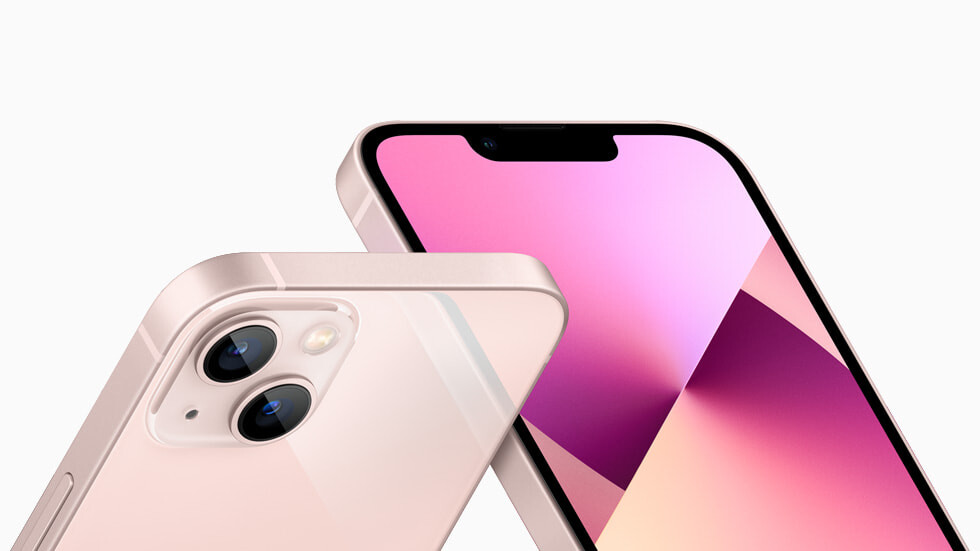
Both phones have a 6.1-inch screen. The iPhone 13 has a slightly higher HD+ resolution with 2532 x 1170 pixels versus the Galaxy S22’s 2340 x 1080 pixels.
However, the Samsung release takes the edge in everything else. The phone has a 2X Dynamic AMOLED panel, which promises a cinema-like color display and even more brightness outdoors, Vision Booster technology for outdoor visibility, 1,200 nits of maximum light intensity, and 425 PPI density.
Another advantage is a screen with a refresh rate of up to 120 Hz, the same that is present in the most current models, which allows for more fluid images and graphics to navigate the system or interact with games. The iPhone 13 keeps the same 60 Hz refresh rate as its predecessor – only the Pro and Pro Max versions received the improvement.
The Apple phone has an OLED panel, promising up to 28% more brightness than the iPhone 12, up to 1,200 nits for watching HD content, and a density of 460 PPI. The manufacturer promises a cinema-toned screen.
When it comes to protection, the Galaxy comes with Gorilla Glass Victus (Corning) on the front screen and rear panel. Meanwhile, the iPhone relies on Ceramic Shield, a solution against falls developed by the company itself. Both have IP68 certification, which guarantees protection against water and dust.
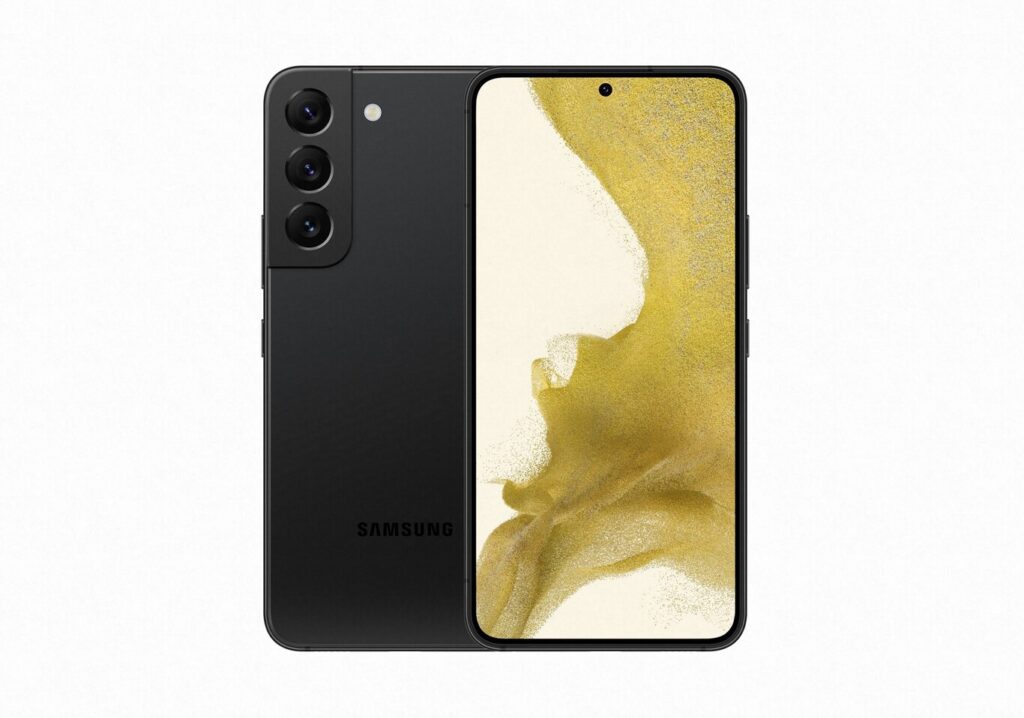
The design is another major difference between the phones. The Galaxy S22 arrived with rounded corners for a more modern look. It also comes with an ultrasonic fingerprint sensor integrated into the screen and an aluminum body. The front camera is stored in a hole in the screen and the rear ones in a vertical row. Available colors are black, white, green, and pink.
The iPhone 13, on the other hand, has opted to keep the notch, albeit smaller than in previous generations. The photo module at the rear debuts diagonal lenses with raised sensors. Apple’s phone comes in five color options: pink, blue, black, white, and red.
Camera
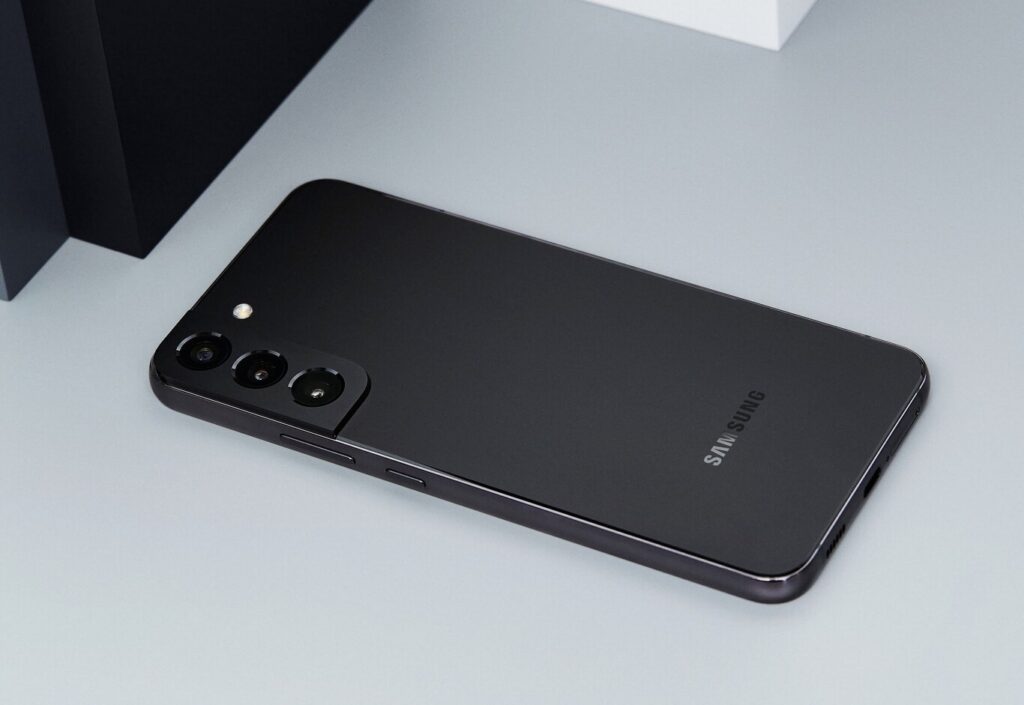
In terms of camera, the Samsung S22 comes with a triple set consisting of the main lens, an ultra-wide lens (for wide shots), and a telephoto lens (which brings objects closer). The system has an optical zoom of three times and a digital zoom of up to 30 times. One of Samsung’s big bets is on the “nightography” function, which aims to offer better images in low-light environments. For this, the company has physically increased the size of the light sensors.
The manufacturer seems to have taken on the challenge of improving the quality of its night photos. To help with this task, the Galaxy S22 comes with features such as Adaptive Pixel, which automatically increases the pixel sensor by up to 25% in the dark, Super Night Solution, which erases noise from every frame of videos, and SuperClear Glass, which reduces lens reflections by up to 98%.
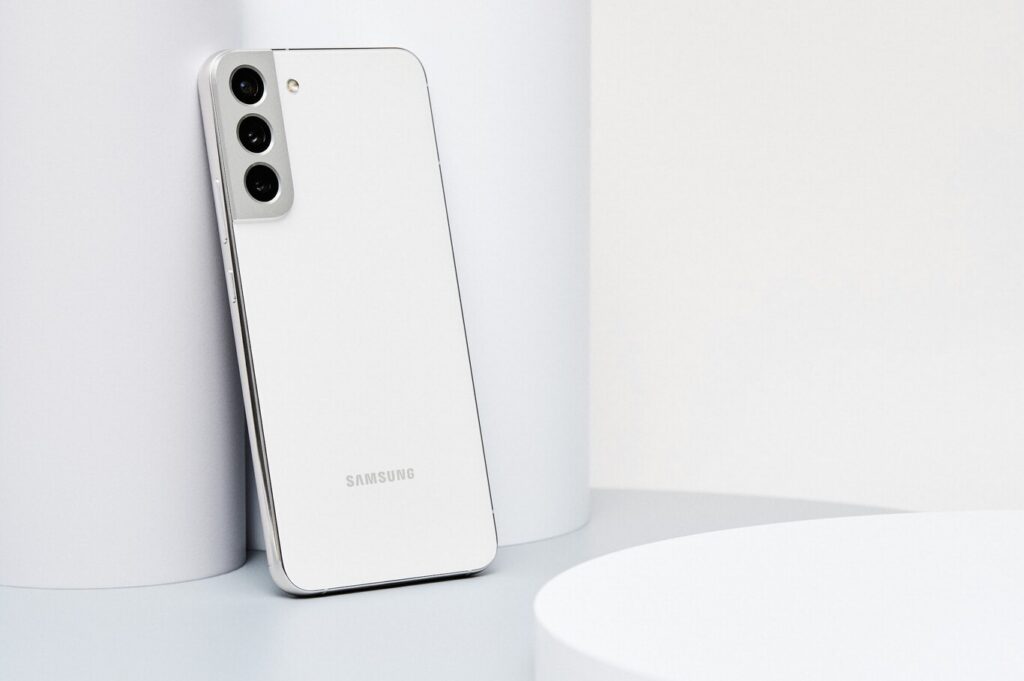
Other features present in the device are the OIS correction angle, which helps stabilize videos, HDR 10+ system, detail enhancer, and Super HDR capture, which promises to deliver up to 64 times more color.
The Galaxy S22’s set looks like this:
- 50 MP main (f/1.8, 85th, Dual Pixel AF and OIS)
- Ultra wide 12 MP (f/2.2 and 120º)
- 10 MP telephoto lens (f/2.4, 36º, OIS and 3x optical zoom)
- 10 MP front-facing (f/2.2 and 80º)
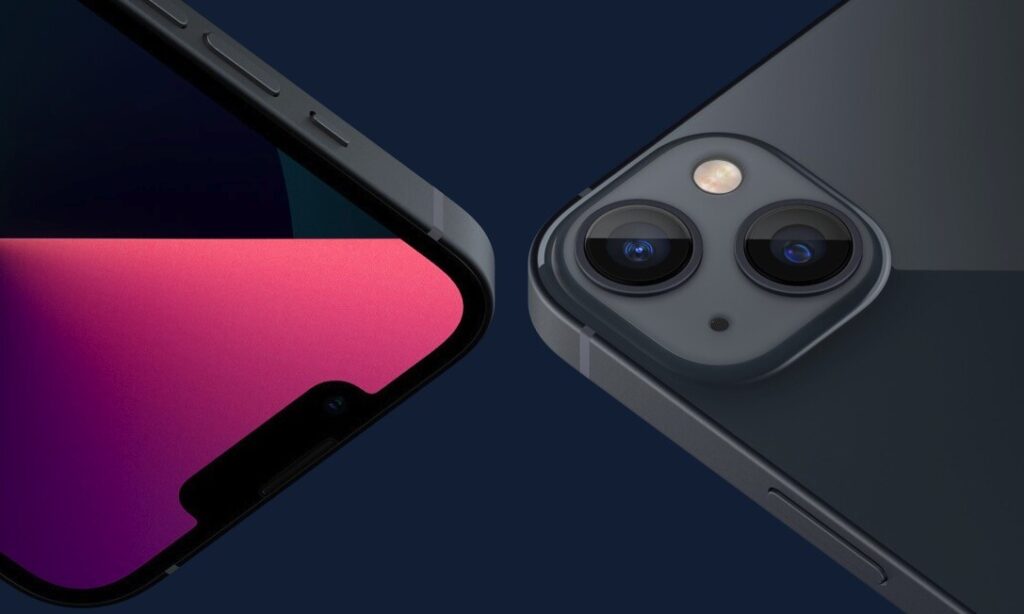
On the other hand, the iPhone 13 comes with only two rear lenses, with one main and one ultra-wide lens. Since there is no telephoto lens, the device achieves three times digital zoom and two-times optical zoom, a much smaller value than the rival. The photographic arrangement stands out for its Cinema Mode, which allows changing the focus from one person to another in the scene, holding the viewer’s attention.
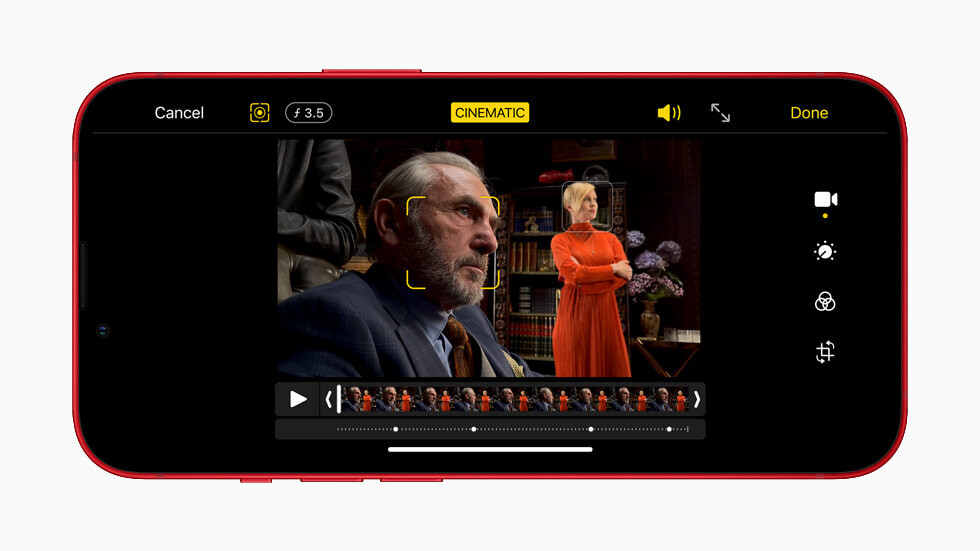
The device allows recording in Dolby Vision, audio zoom, and the possibility of saving files in HEVC and H.264, formats used by professionals. When it comes to lighting, Apple guarantees that the wide-angle can capture up to 47% more light than the iPhone 12. In addition, the phone has Night Mode, six lighting effects, and a Deep Fusion feature, which analyzes exposure pixel by pixel. Finally, Intelligent HDR 4 helps distinguish up to four people in the photo.
The iPhone’s system looks as follows:
- 12 MP main (f/1.6, OIS)
- 12 MP Ultra Wide (f/2.4 and 120°)
- 12 MP Front (f/2.2)
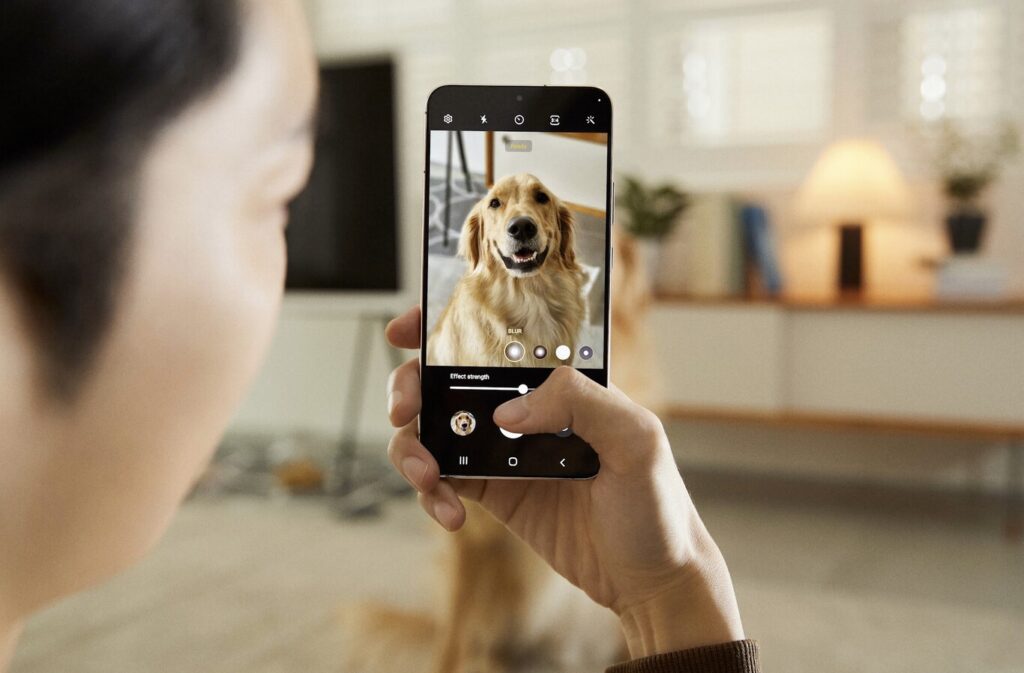
Both offer portrait mode. When it comes to video recording, the Galaxy S22 should deliver more quality. The device records images in 8K at 24 frames per second (fps), while the iPhone 13 records in 4K at 60 fps. Samsung’s smartphone also comes with the Director’s View feature, which allows you to record footage simultaneously from all cameras in 4K.
Performance and Storage
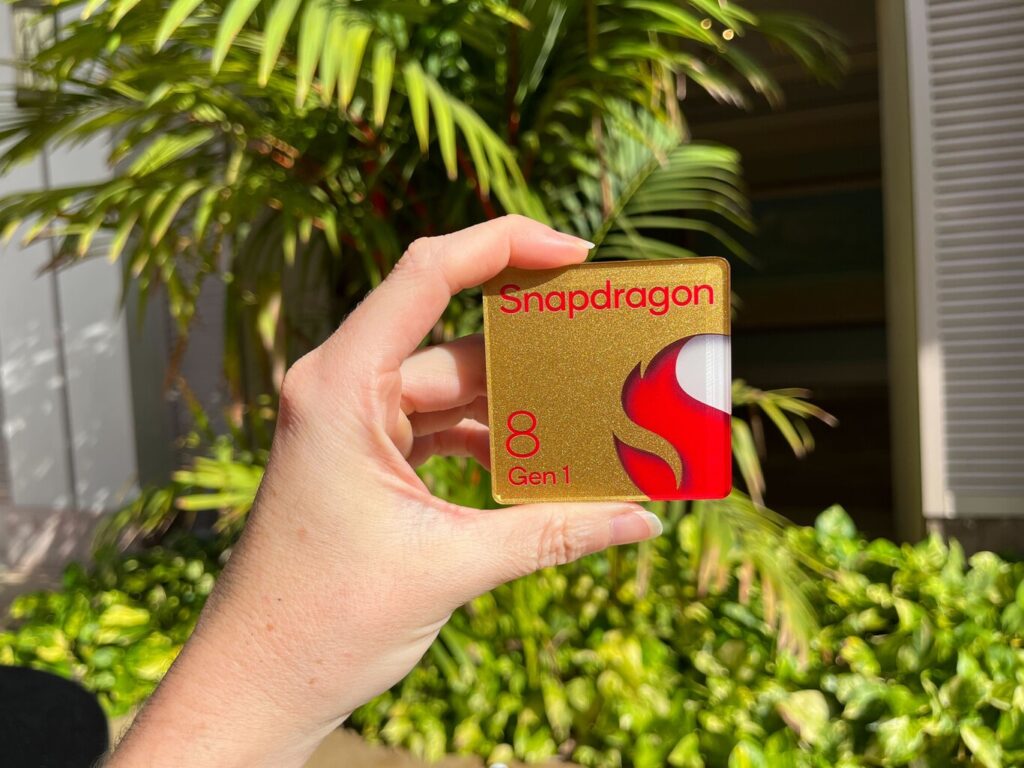
One of the main highlights of the Galaxy S22 is the powerful Snapdragon 8 Gen 1 chipset. Produced on 4-nanometer architecture, the component promises to deliver higher power with lower energy expenditure. Some countries will receive the S22 lineup with Samsung’s own-manufactured Exynos 2200.
The device also brings eight processing cores with speeds up to 3 GHz, the Adreno 730 GPU, and 8 GB of RAM. In theory, the set should be able to run even the most demanding tasks, perform multitasking and improve game graphics.
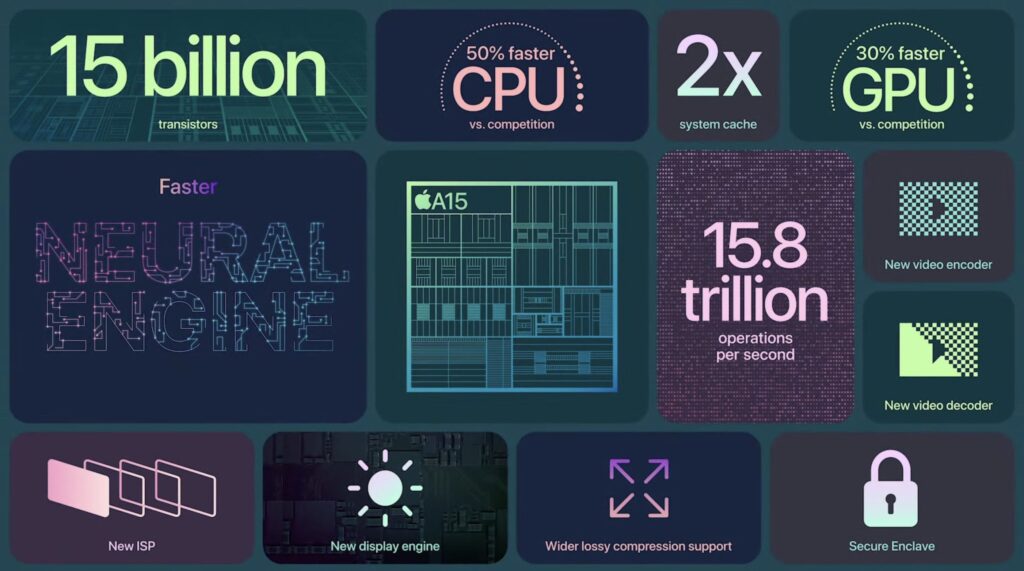
On the other hand, the iPhone 13 also debuts a new chip. The A15 Bionic processor has five nanometers and six cores of up to 3.22 GHz. Although it does not specify the RAM, it is estimated to be 4 GB. One point in common is that both are already compatible with 5G Sub-6 internet, the fastest version of the new technology.
In terms of storage, the phones come in 128 or 256 GB versions. The iPhone 13 also comes with a 512 GB model, ideal for those who store a lot of videos, photos, and documents. A common disadvantage is that none of them comes with microSD card support, which makes expansion by memory card impossible.
Battery
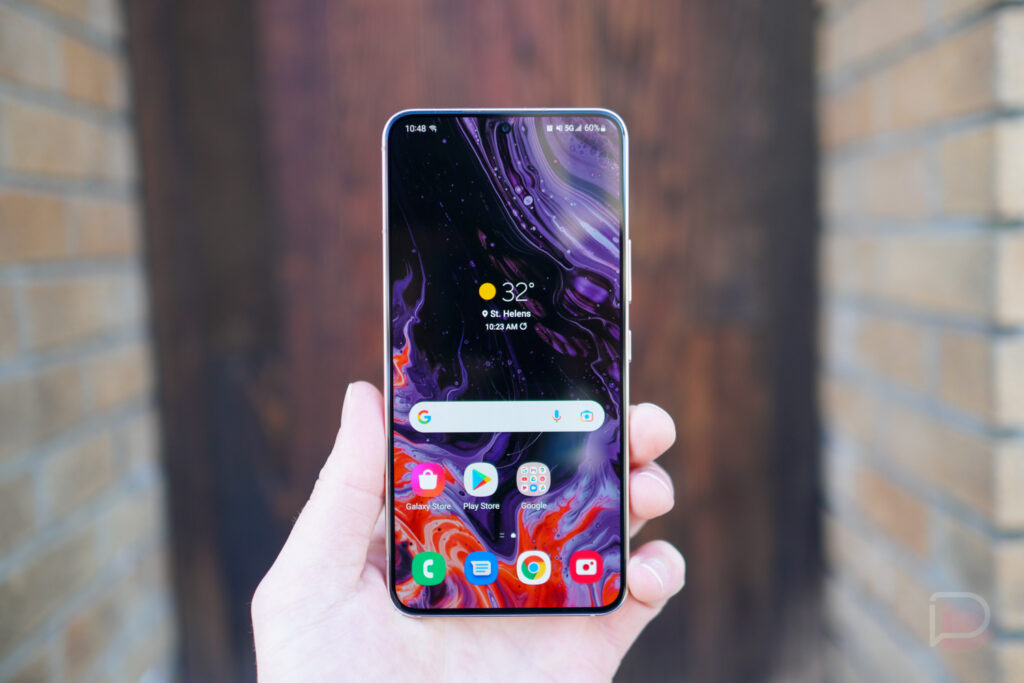
The Galaxy S22 has a 3,700 mAh battery with a promise of lasting more than 24 hours. Although the component is smaller than the previous 4,000 mAh version, Samsung assures that the launch can manage power better thanks to its more powerful processor.
The device supports a wired charger of up to 25W, wireless of up to 15W, and the traditional Wireless PowerShare feature, which allows you to share charges with other devices by induction.
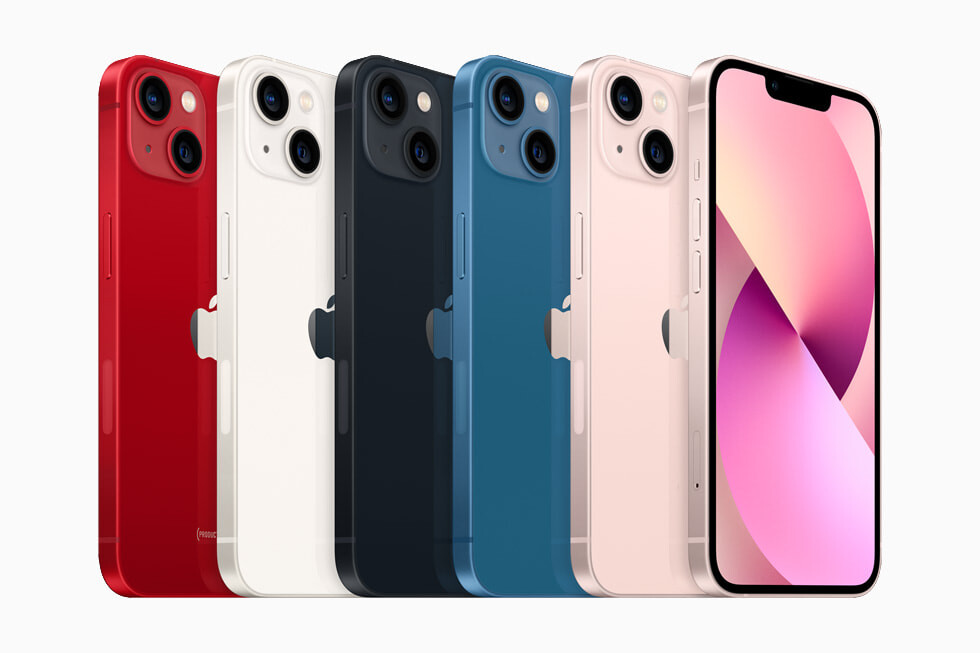
As usual, Apple does not disclose the actual battery capacity of the iPhone 13, but it is estimated to be something close to 3,240 mAh. The American manufacturer claims that the model is optimized to deliver up to two and a half hours more battery life than the iPhone 12. The smartphone delivers compatibility with 20W fast charging, 15W wireless via MagSafe, and 7.5W by Qi standard.
Something common between the models is the absence of chargers and headphones in the box. However, Samsung recently announced that it should offer the charger for free in countries like Brazil.
System and software features
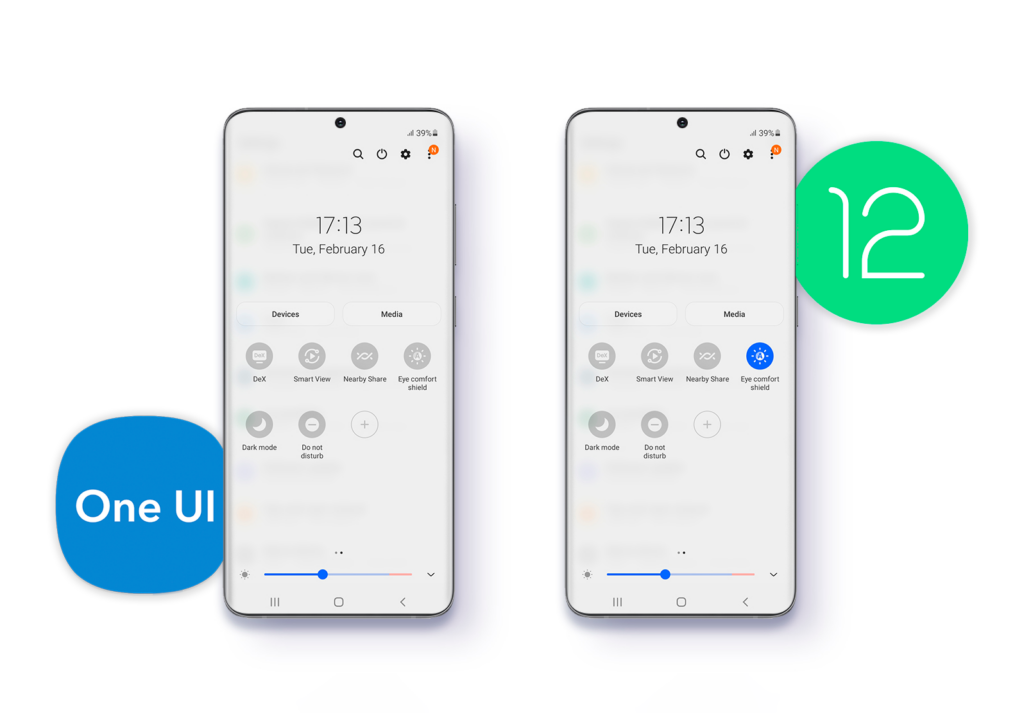
The Galaxy S22 leaves the factory with Android 12 and the One UI 4 interface, developed by the South Korean manufacturer itself. Google’s latest operating system has a revamped interface and improvements in privacy and security. One of the highlights is Samsung Knox, which helps protect the privacy of user data.
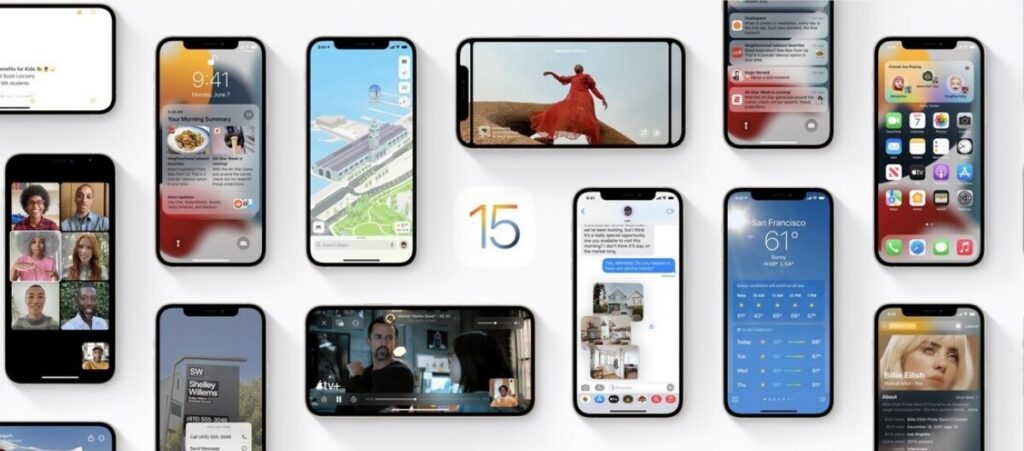
The iPhone 13 also features Apple’s latest system, iOS 15. Some features of this version are Focus Mode, greater privacy control, audio isolation in video conferencing and calls, the new layout of Apple Maps, access to Siri even offline, and OCR technology for text recognition in images.
Extra Features
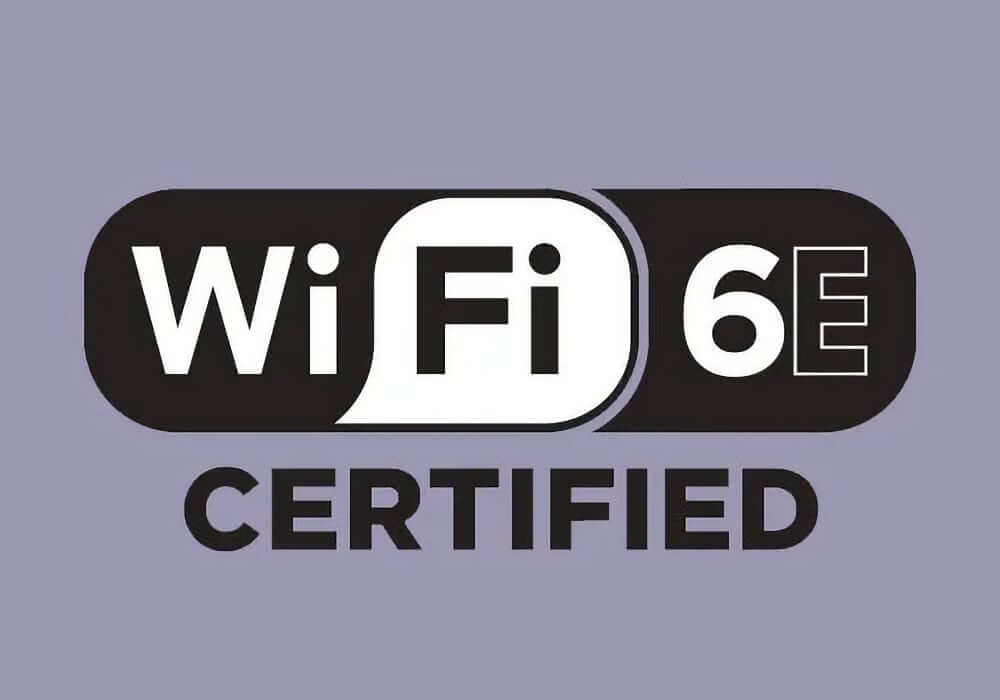
The Samsung smartphone comes with Bluetooth 5.2 and Wi-Fi 6. From the models S22 Plus and Ultra, you can also find Wi-Fi 6E and Ultra Wide Band (UWB), the most modern protocols for data exchange. The iPhone 13, on the other hand, has Bluetooth 5 and also features Wi-Fi 6 compatibility.
Both bring sub-6 GHz 5G technology, GPS, and NFC for proximity payments via Samsung Pay and Apple Pay. While the S22 has an on-screen fingerprint sensor, the iPhone 13 uses Face ID technology for facial recognition.
Pricing and Availability
Announced in October 2021, the iPhone 13 arrived for prices starting at $799 for the 128 GB. Currently, the device can be found for the following values:
- iPhone 13 (128 GB): $799
- iPhone 13 (256 GB): $999
- iPhone 13 (512 GB): $1,099
The Galaxy S22, on the other hand, was recently released in two versions:
- Galaxy S22 (128 GB): $799
- Galaxy S22 (256 GB): $999
Buy iPhone 13
Buy Galaxy S22
This post may contain affiliate links, which means that I may receive a commission if you make a purchase using these links. As an Amazon Associate, I earn from qualifying purchases.

